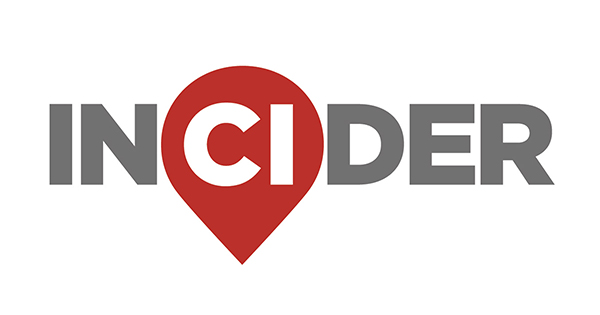GISD administrators recommended goals to improve student performance in literacy; math; and college, career and military readiness. Additional priorities proposed included improving teacher retention and compensation as well as A-F accountability ratings.
The overview
The GISD board of trustees began discussions around developing goals for the district at a July 7 workshop meeting.
Prior to the discussion, Superintendent Devin Padavil and GISD administrators conducted a data analysis of student test scores, state accountability ratings and financial reports. District officials found GISD had a gap in closing literacy rates and a lack of forward progress in elementary math, according to the presentation.
The board discussed the following priorities recommended by district administration:
- Reducing the number of schools rated D or F by the state
- Improving the percentage of students reading on grade level
- Improving the percentage of students performing at or above expected performance in math
- Increasing the number of assessments exceeding the state average in meeting and mastering grade level on the State of Texas Assessments of Academic Readiness from 2025-28
- Increasing the number of high schools meeting at least 90% of CCMR accountability criteria from 2025 to 2028
- Raising the teacher retention rate
- Adopting a balanced budget
- Ensuring teacher compensation is in the top third of the region
GISD is proposing to reduce the number of schools with a D or F accountability rating from the state to zero by the end of the 2025-26 school year. Each school year, the Texas Education Agency's accountability system rates districts from A-F based on student performance using STAAR scores, CCMR criteria and graduation rates.
Seven GISD campuses received a D or F rating in 2023, according to data released by the TEA in April. The district is anticipating four campuses will receive a D or F rating in the coming school year, Padavil said.
Administrators recommended seeking to improve the percentage of elementary students reading on grade level from 58% to 75% by June 2028.
This school year, GISD surpassed its initial goal with 64% of students reading on or above grade level, Padavail said. The district launched a literacy intervention program at Cooper and Frost elementaries this year and is looking to expand the program to additional campuses next school year.
Additionally, GISD officials recommended aiming to raise the percentage of students performing at or above expected performance in math from 61% this June to 75% in June 2028.
“We believe that feeling confident in math is a gateway to many careers,” Padavil said.
The percentage of GISD students approaching grade level on the 2025 STAAR test was lower in math compared to reading, mirroring student performance statewide.
About 43% of Texas students met grade-level standards in math in 2025, compared to 50% in 2019, before the COVID-19 pandemic. According to previous Community Impact reporting, experts found that the COVID-19 pandemic highlighted existing issues with math education, including insufficient training for teachers and a lack of early intervention for struggling students.
GISD students performed below the state in most subjects and grade levels on the 2025 STAAR.
What’s next
The board is expected to adopt the district’s goals and share them with the community in August, according to the presentation.





